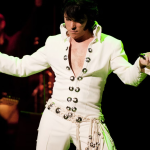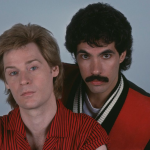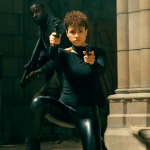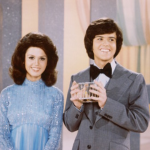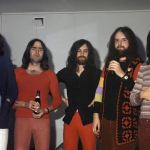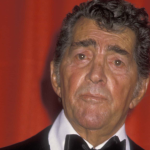“Drive” – The Cars

Released in 1984 as part of their album Heartbeat City, “Drive” by The Cars stands out as a poignant and introspective ballad amidst the band’s predominantly upbeat and synthesizer-driven repertoire. Written by Ric Ocasek and sung by bassist Benjamin Orr, the song’s reflective lyrics and haunting melody explore themes of love, loss, and emotional vulnerability, making it one of the band’s most enduring and emotionally resonant tracks.
The song opens with a gentle synthesizer and piano arrangement, setting a somber and contemplative mood. This subdued musical introduction is soon complemented by Orr’s tender and emotive vocals, which convey a sense of longing and introspection. The minimalistic instrumentation allows Orr’s voice to take center stage, emphasizing the song’s lyrical depth and emotional weight.
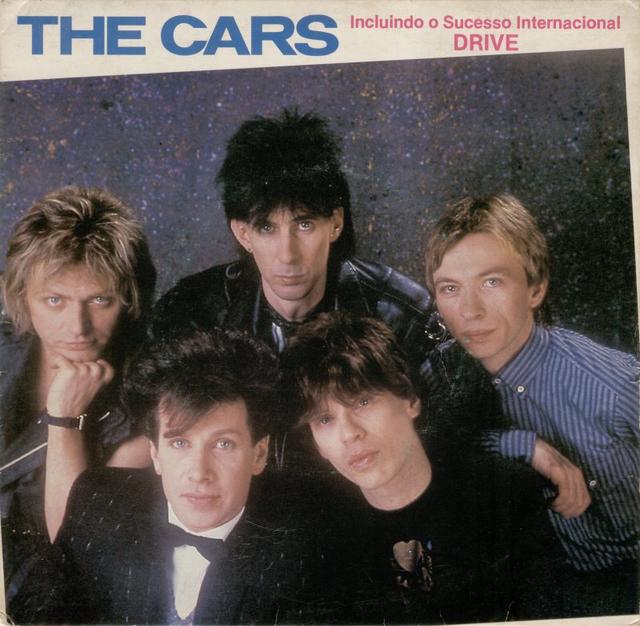
Lyrically, “Drive” addresses the complexities and challenges of a troubled relationship. The chorus, “Who’s gonna drive you home tonight?” serves as a metaphor for care and protection, questioning who will provide support and solace in the absence of the narrator. This repeated line captures the essence of concern and helplessness felt when one is unable to be there for a loved one.
The verses delve deeper into the emotional turmoil of the relationship. Lines such as “You can’t go on thinking nothing’s wrong” and “Who’s gonna pay attention to your dreams?” highlight the sense of neglect and disconnection that can arise when partners fail to communicate and understand each other’s needs. The lyrics suggest a growing emotional distance and a yearning for connection and understanding.
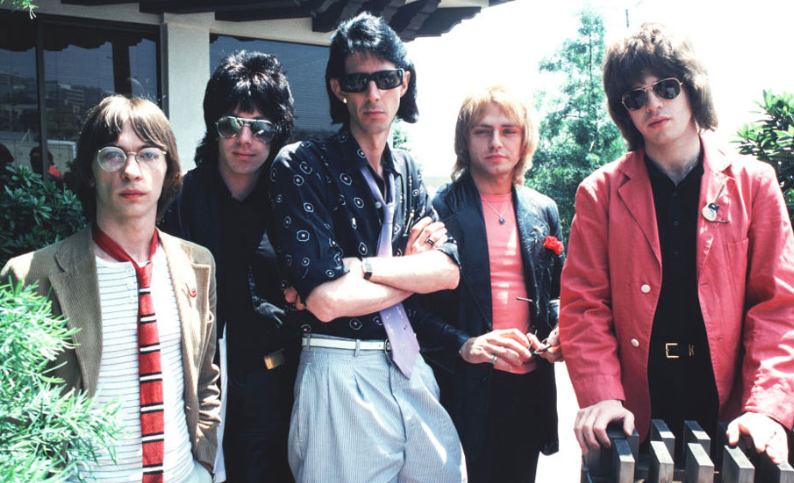
Benjamin Orr’s vocal performance is a key element in conveying the song’s emotional impact. His delivery is both tender and poignant, perfectly capturing the vulnerability and sadness expressed in the lyrics. Orr’s ability to convey deep emotion through his voice adds a layer of authenticity and sincerity, making the listener feel the weight of the song’s message.
Musically, “Drive” is characterized by its elegant and understated arrangement. The use of synthesizers, piano, and subtle percussion creates a haunting and atmospheric soundscape that complements the song’s reflective tone. The production, handled by Robert John “Mutt” Lange, is polished and precise, allowing each element to shine while maintaining a cohesive and immersive sound.
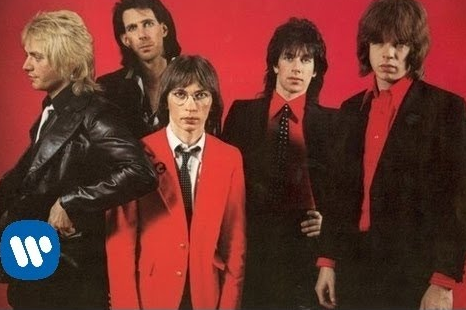
The song’s music video, directed by actor Timothy Hutton, further enhances its emotional impact. Featuring model and actress Paulina Porizkova, the video visually depicts themes of isolation, longing, and introspection, mirroring the song’s lyrical content. The imagery of Porizkova wandering through various empty and desolate settings adds to the sense of melancholy and emotional struggle.
“Drive” was a commercial success, reaching the top ten on the Billboard Hot 100 and becoming one of The Cars’ most recognizable and beloved songs. Its introspective lyrics, haunting melody, and emotive vocals resonated with audiences, making it a timeless ballad that continues to be celebrated for its emotional depth and musical elegance.

In conclusion, “Drive” by The Cars is a reflective and emotionally charged ballad that explores the complexities of love and heartache. Through its poignant lyrics, tender vocals, and haunting musical arrangement, the song captures the vulnerability and longing that accompany troubled relationships. Its enduring popularity and emotional resonance underscore its status as a timeless classic in the band’s catalog and a standout track in 1980s music.
